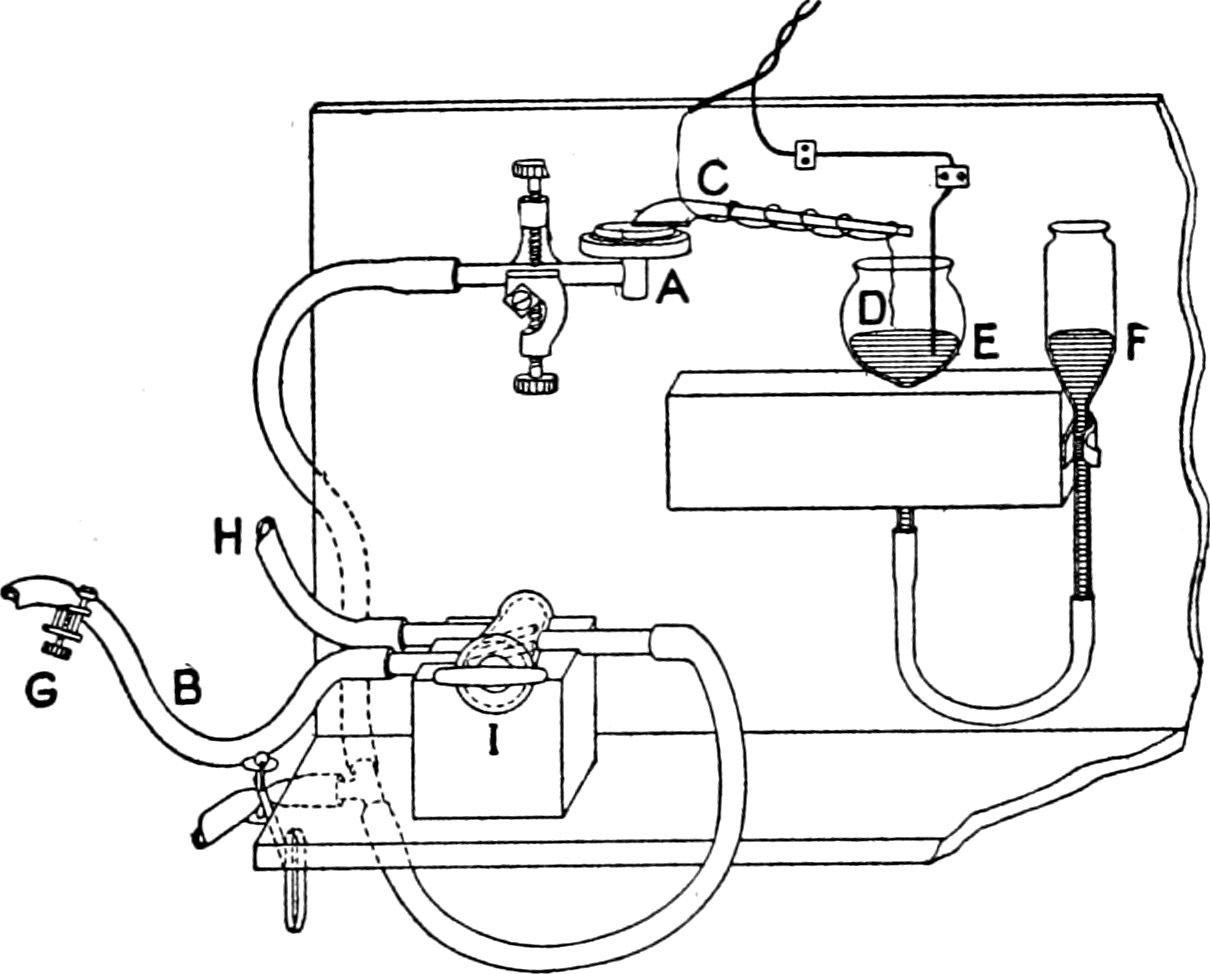
1 minute read
introduction
Sankey Diagram of Global Flows of Steel (by Cullen&Allwood 2011) from: Going on a metal diet, 2011 available at http:// www.lcmp.eng.cam.ac.uk/wp-content/uploads/T2-Report-web.pdf
Technique for measurement of metabolism under work, from Francis Benedict Human Vitality and Efficiency, 1919 in Fluxtopia: On Life in the Metabolic City
Advertisement

We will begin by understanding the metabolic systems of the city, the key qualities of these systems and the agents responsible for their deployment. Through metabolism—or the processes that occur within an organism in order to sustain it—we can read the material and energy flows within a city. The metabolic model provides a framework to engage the natural and human systems intertwined in the urban environment. By understanding how people, materials and energy move into and out of the city, in multiple time cycles, it is possible to read the city dynamically through its various constituencies.
This document captures how to; • Translate data from excel to grasshopper. • Diagram with Grasshopper
Duvigneaud, P., Denayeyer-De Smet, S., 1977. L’Ecosystéme Urbs, in L’Ecosystéme Urbain Bruxellois, in Productivité en Belgique. In: Duvigneaud, P., Kestemont, P. (Eds.), Traveaux de la Section Belge du Programme Biologique International, Bruxelles, pp. 581e597








